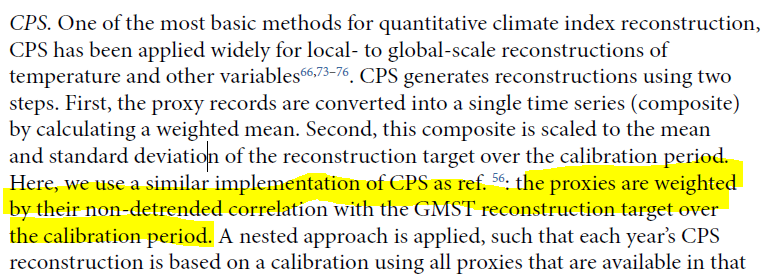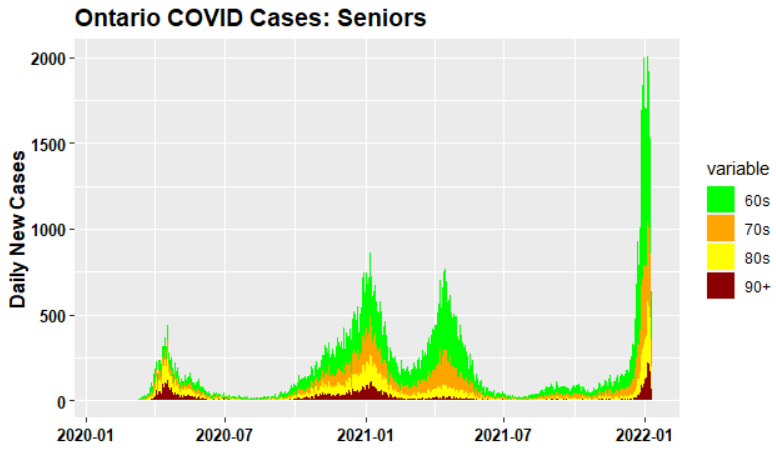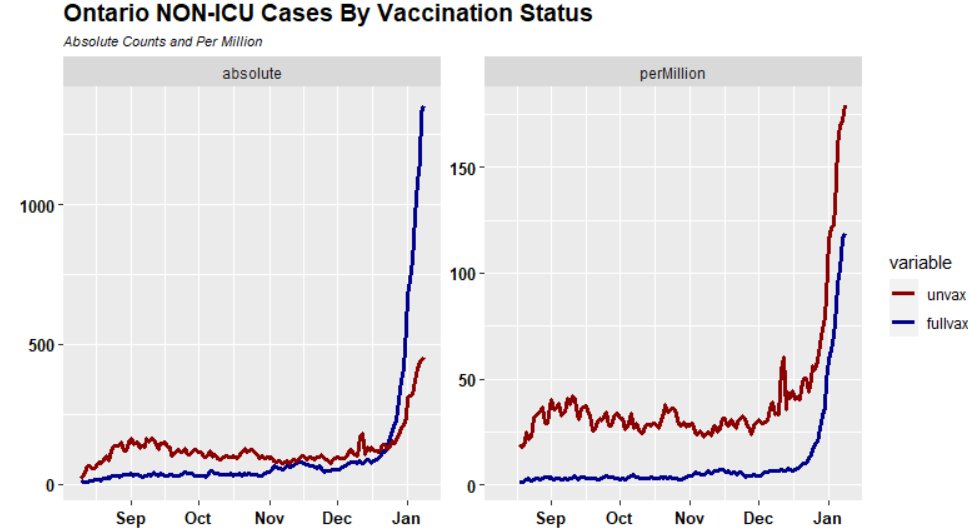
another sleight-of-hand in new PAGES2K paper. They say tht they use CPS (which had the advantage of using straightforward average of standardized series - no ex post sign change/flipping.) But in fine print, something different: their "CPS" weight proxies by correlation to target 

2/ mathematically, this is identical to Partial Least Squares regression of the target onto the proxies. (Stone and Brooks have interesting analysis of path from these coefficients to OLS coefficients in coefficient space.)
3/ if, as in this example, there are 200+ proxy series and a calibration period of 100 years or so, you're going to get a pretty good fit through PLS regression. D'oh.
4/ I plotted the top 10 series with largest absolute value Hockey Stick out of the 257 in superscreened data. (Their "unscreened" set of 690 or so proxies had already been chosen by industrialized screening.) Most are familiar.
5/ Note that the #1 HS series (Cape Ghir) is an alkenone series denominated in Centigrade (not ring widths) and it goes down. Discussed several times at CA climateaudit.org/tag/mcgregor/ 

6/ PAGES doesnt give the values or even signs of coefficients in various reconstructions. In many, if not most, of the reconstructions, I suspect that the declining temperature Cape Ghir alkenone series will be flipped and be large contributor to reported large HS reconstruction
7/ the #2 HSI series (Arc-Larsen) is the Hvitarvatn, Iceland varve thickness, discussed on MANY occasions at CA climateaudit.org/tag/hvitarvatn/. It was used upside down in PAGES2013. I criticized them for this and they grudgingly corrected in 2014 Corrigendum.
8/ my guess is that it's upside down once again in at least some of the 2019 calculations. If they published resultant weights for each proxy, one could tell directly. Otherwise, it takes huge effort to fully replicate calculations.
9/ three of top 10 HS series are strip bark bristlecone chronologies, two of which (nv512, ca529) are Graybill versions used in MBH98 and nearly all subsequent studies, while one (GB) is update of a Graybill series.
10/ two chronologies from Yukon-Alaska by Jacoby-Darrigo, plus Mackenzie Delta by Porter. Jac-D'Arr series go up in first part of 20th century; "divergence problem" in late 20th. Porter also had divergence problem with his trees, but simply deleted 20th century portion of trees
11/ with divergence problem. I have some detailed notes on D'Arrigo's northern Canadian chronologies, which are a total mess. I'll try to write this up some time.
12/ another series (Martin-Chivelet) is a speleothem d18O series from northern Spain. I've got a lot of notes on speleothem d18O data- which I find very interesting and with interesting consistencies. None of the speleothem data shows anything unusual about modern d18O levels in
13/ a Holocene scale. This is quite interesting to show. I haven't noticed a late 20th century spike in other speleothem series, but will take a look at it some time.
14/ the ID for the other series Asia-SODAPS is not a traceable ID or reference. From its lat-long, it appears to be the Sol Dav, Mongolia Jacoby-Darrigo tree ring series that has been a mainstay of many canonical proxy reconstructions and nothing new.
15/ in 12 above, I observed that speleothem d18O series from Spain with late 20th century upspike didn't look like other of the many speleothem d18O series that I've seen. I doublechecked that PAGES 2017 said d18O and it did. However, series isnt d18O. It's d13C, which has 

16/ here is data reference for series which shows that its d13C, which I checked. This is an important, not trivial, difference, as properties of proxy different. Mistake is the sort of error that people make when they are doing nothing more than mining for hockey sticks. 

17/ here is summary of South American proxy counts from Neukom 2014 thru PAGES 2013, 2017 and 2019. Overall 93 unique proxies (tree -65). "Screened" to 21 in P13, 8 in P17 and 4 in P19. See 2018 discussion of South American proxies here: climateaudit.org/2018/10/07/pag… 

18/ looking back at my article on PAGES 2017 South America, I observed that recent values declined in the two series extended in P17. Both series were deleted from PAGES 2019. #HideTheDecline 

19/ in my commentary, I also observed that Laguna Chepical, a new series in PAGES 2017, had been impacted by a man-made dam at the exact time that sedimentation increased i.e. series invalid. Deleted from PAGES 2019. 

20/ one constant in South American multiproxy has been Quelccaya, Peru ice d18O. Interestingly, d18O has also been measured over Holocene in nearby speleothem, high lake sediments and ice cores. See below (Quelccaya in red.) 

21/ top is lake sediments, middle speleothem, bottom ice core. Nice consistency between depleted d18O in LGM, elevated in Holocene Optimum with modern values intermediate.
22/ none of the datasets indicate that proxy values are somehow escaping Milankowitch limits and ascending into the stratosphere. Values declined into Little Ice Age and recovered in warming 20th century.
23/ in recent tweet, I observed that PAGES 2019 selected 64 of ~947 (6.7%) unique North American tree ring records that had "passed" prior screening tests in Mann 1998, Mann 2008, PAGES 2013 or PAGES 2014. Would it be surprise if result were "significant" at 5% level? 

• • •
Missing some Tweet in this thread? You can try to
force a refresh
















